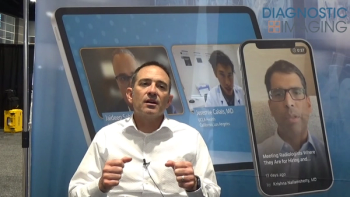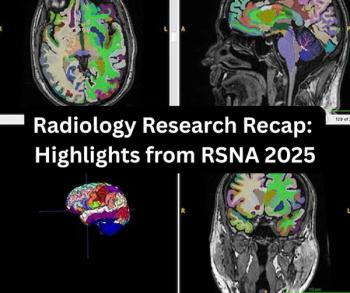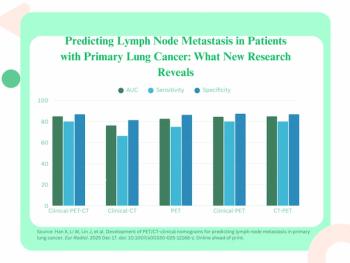
Judge enjoins GE against QCT sales
A federal district judge in Santa Ana, CA, has issued a preliminaryinjunction prohibiting General Electric from making, using orselling computed tomography bone mineral calibration phantoms.The phantoms are the subject of a patent infringement suit
A federal district judge in Santa Ana, CA, has issued a preliminaryinjunction prohibiting General Electric from making, using orselling computed tomography bone mineral calibration phantoms.The phantoms are the subject of a patent infringement suit filedby Image Analysis of Irvine, CA.
Both Image Analysis and GE sell quantitative CT products forwhich the phantom is central, said Ben A. Arnold, president andfounder of the smaller company.
QCT packages consist of the calibration phantom and accompanyingsoftware, which runs on either the CT scanner or a separate personalcomputer. Image Analysis has patents for both the phantom andsoftware. No suit has been filed on the software patents, althoughthe company is investigating that option, Arnold said.
The QCT systems are offered as add-ons to installed CT scanners.They sell for about $15,000, in contrast to $70,000 to $110,000for stand-alone dual energy x-ray absorptiometry (DEXA) densitometers.QCT offers diagnostic advantages over DEXA in its ability to differentiateosteoporotic from normal subjects. The technique is also morereimbursable than DEXA, Arnold said.
"A CT scanner is a great imaging machine, but the numbersit produces are not reliable in that they are not calibrated againstsome standard. The calibration phantom is equivalent to bone andshaped and designed so that it can be put in the beam with thepatient. The measurements in the calibration phantom are thencross-calibrated against the bone in the patient," Arnoldsaid.
Image Analysis was formed in 1984 and introduced its QCT systemin 1985. GE launched its QCT product two years later. The scannervendor had an advantage in selling the system to its own CT userbase, Arnold said.
"When GE offered the product, it was a major blow to ouractivity," he said.
GE is not the only scanner vendor selling QCT. Siemens alsohas a product, but no litigation has been filed against the Germanvendor. Siemens may have sold over 500 systems in Europe alone.Image Analysis has sold 700 QCT packages worldwide, while GE mayhave sold between 300 and 400 systems, Arnold said.
With about 5000 installed CT scanners in each of the threemajor imaging markets of the U.S., Europe and Japan, the potentialmarket for QCT sales has barely been tapped, he said.
Newsletter
Stay at the forefront of radiology with the Diagnostic Imaging newsletter, delivering the latest news, clinical insights, and imaging advancements for today’s radiologists.




























